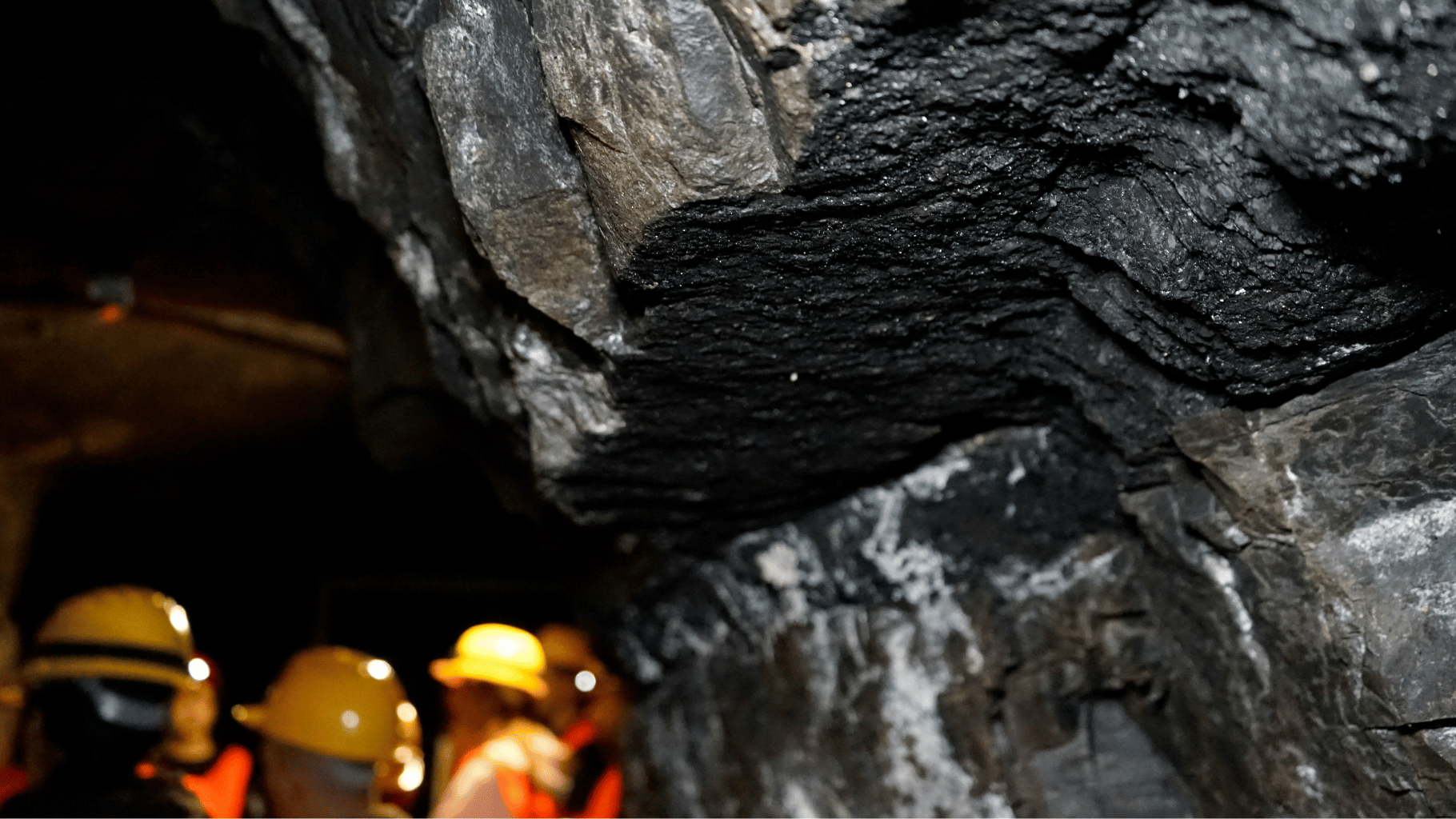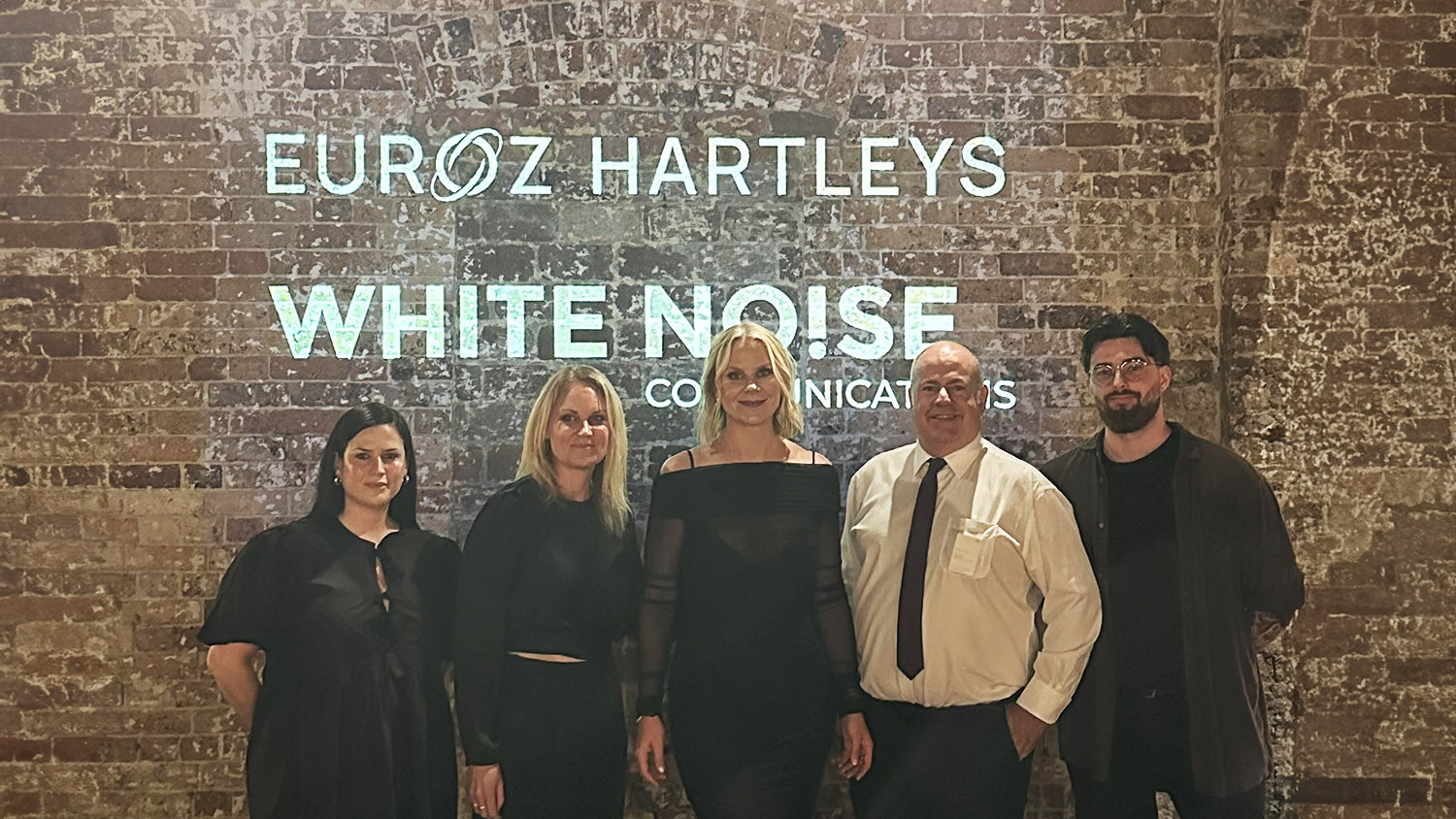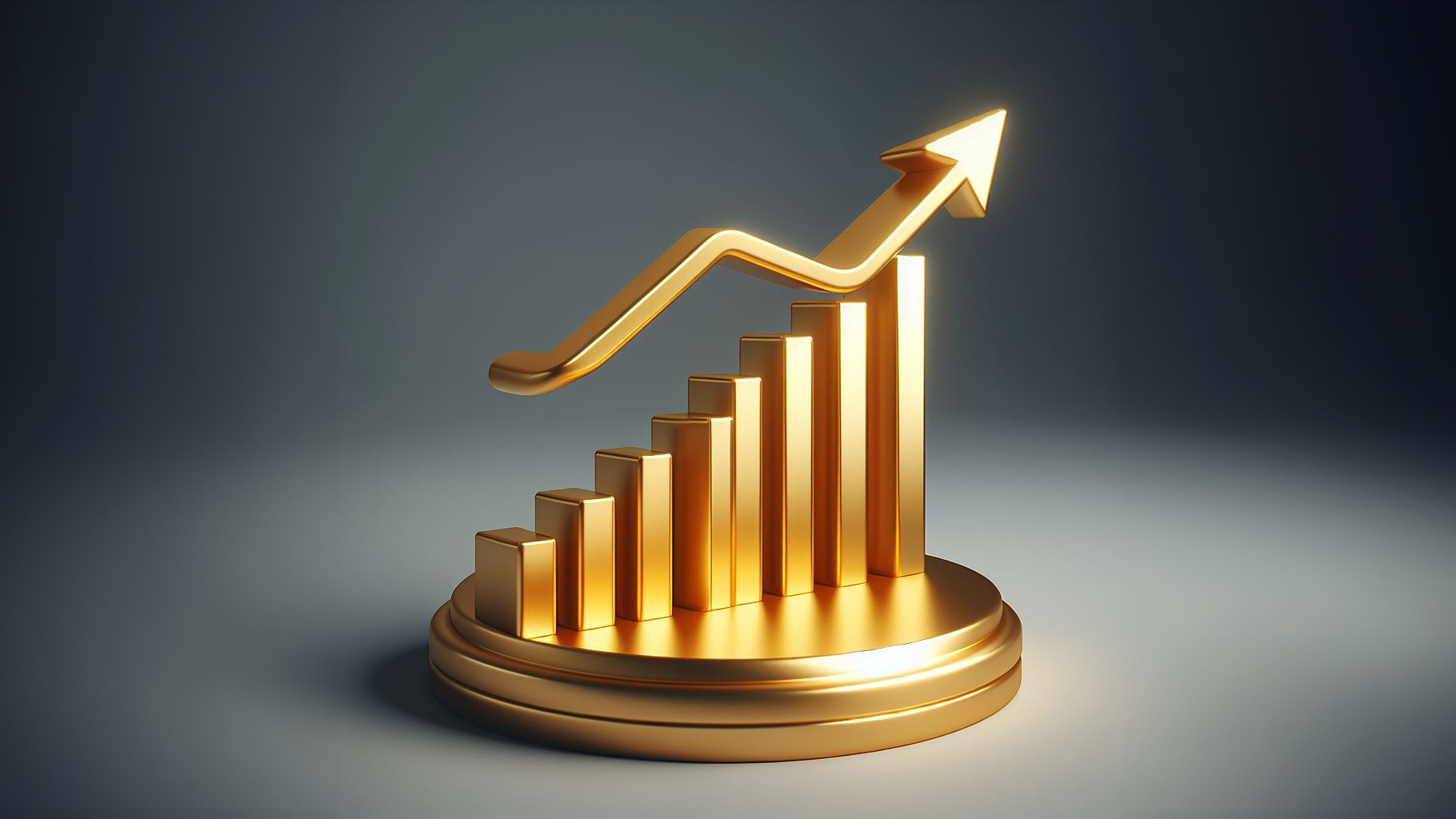Every September, Apple holds a glitzy event at its Cupertino headquarters to roll out all its latest shiny things, which normally includes the new iPhone. Scores of the faithful then obediently (or not so obediently) line up to secure the latest technology without even knowing whether it’s any good (hot iPhone 15 anyone?).
However, not everyone wants or needs a shiny, expensive new iPhone (or Galaxy) when it is released into the market. If you go into your local phone store, the shelves are literally filled with a range of products right across the price spectrum.
Whilst there is a wide price spectrum, the new features of the Apple or Samsung products tend to drag up the quality and offering of the cheaper products. Regardless of the price, nearly all have a touch screen, good cameras and long-life batteries.
Which in a roundabout way brings us to nickel.
Nickel products are divided up into classes, with Class I nickel being highly sought after by stainless steel producers and historically commanding a premium over Class II. However, the growth of the Electric Vehicle (EV) sector as a new consumer of nickel products has seen end users moving further and wider afield in order to secure longer term supplies and vitally, class is not as important as it used to be.
Indonesian nickel producers have been the major beneficiary of the shift. In 2015, Indonesia produced less than 2 per cent of the world’s nickel.
Today it is at 45 per cent and the majority of it sits in the Class II category.
If we drag out the phone analogy, Australian and Canadian nickel sulphide production is the ‘iPhone’ of the nickel world, a premium Class I product with strong ESG credentials. Indonesian nickel production is often carbon intensive lateritic-sourced Class II nickel, the ‘base model’ of the equation.
The rise in Indonesian production has seen International Nickel Study Group (INSG) forecasts of a 223,000t nickel surplus in 2023, rising to 239,000t in 2024, which in turn has put downward pressure on the commodity’s price.
Nickel is currently trading at US$18,310 per tonne, or $8.30 per pound, after starting the year at nearly US$31,000/t. Forecasters, including Goldman Sachs, see a slight recovery in pricing over the next two years on the back of overall increased demand.
It is this upward demand inflection that has majors such as BHP less worried about the situation today and more focused on the period out to 2050 and beyond. Nickel is a relatively small component of the BHP commodity portfolio, however with the development of the newly acquired West Musgrave nickel-copper project and its investment in Lifezone Metals with its Kabanga Nickel Project in NW Tanzania, the commodity could find itself featuring more prominently in the accounts in coming years.
In a recent note to clients, Euroz Hartleys noted that “the nickel game has always been about scale. Produce enough to keep your cost per tonne low, and you can survive the cycles.”
So how do ESG conscious producers compete with cheaper product that is flooding the market at present? As Rusty Delroy from Nero Resources Fund noted during a recent ‘Money of Mine’ podcast, the emergence of Government regulations coupled with significant underwriting of costs is likely to balance the field and protect consumers.
Delroy and others argue that restrictions on access to markets, as the US Inflation Reduction Act does, will force high-carbon producing countries to lift their game if they want to get their products into US or EU developed EVs.
So while higher demand from low carbon EVs is being matched (or outmatched) by increased supply of high-carbon nickel from places such as Indonesia, over time (and with a fair amount of Government subsidies), ESG conscious producers are expected to command a premium, as Apple and Samsung do over the rest of the mobile market.
White Noise communications is provided a fee for service working with companies which may have exposure to commodities or securities mentioned in these articles. All articles are the opinion of the author and are not endorsed by, or written in collaboration with, our clients.
Photo by Daniel Romero






